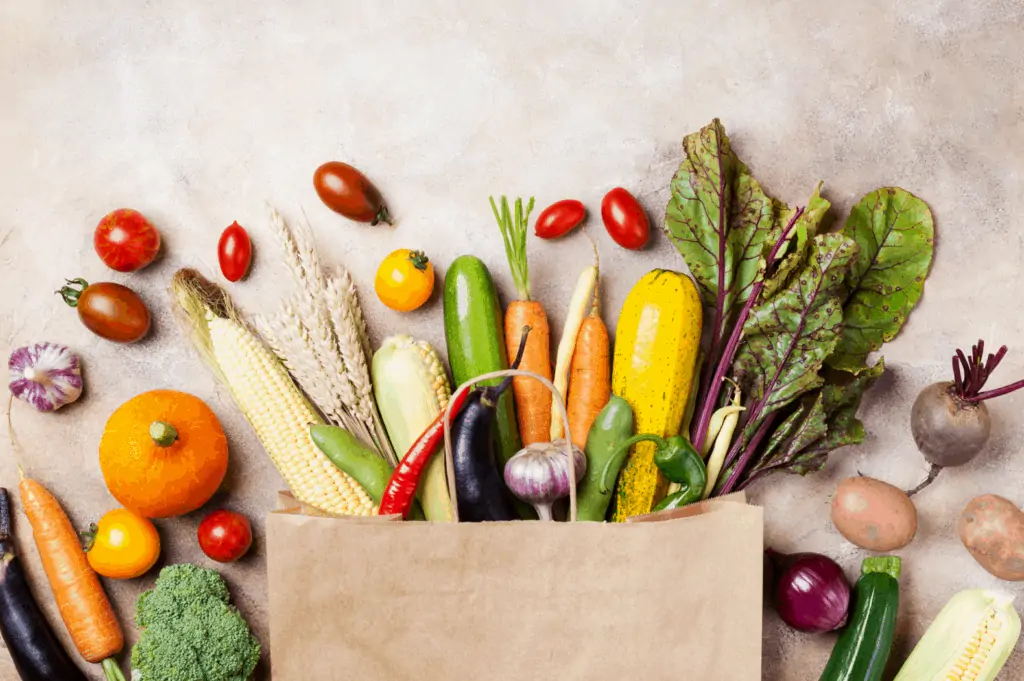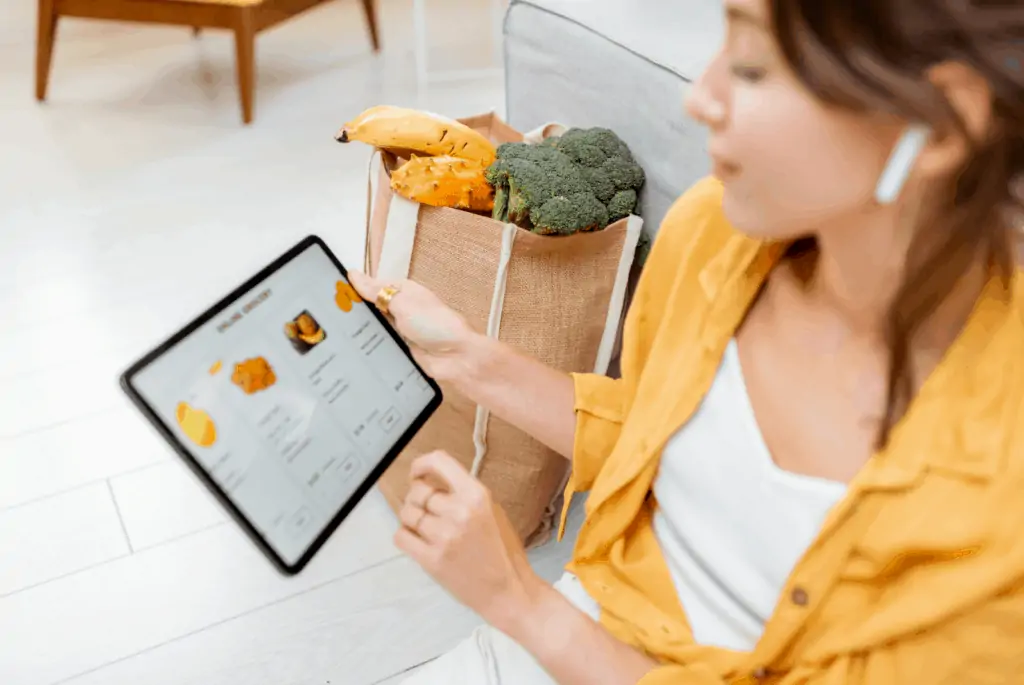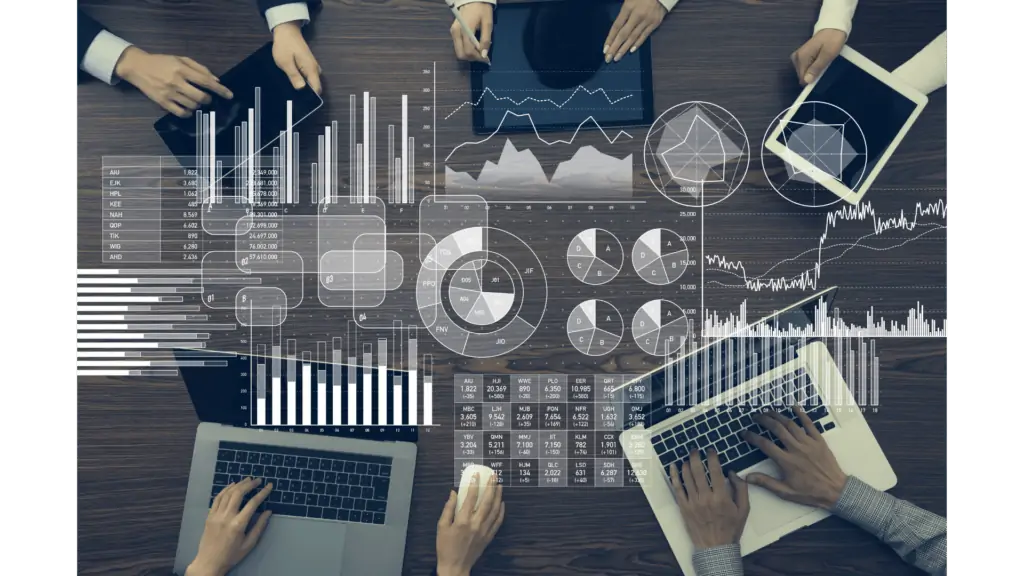One of my favorite activities was going to the supermarket with my family when I was a kid. I would walk around the aisles, discovering brands and products I had never seen before, while my mom spent hours hand-picking her favorite items, comparing prices, and even calling her friends on the spot to get recommendations. Choosing the best groceries with optimal prices took a lot of time and effort, and she had to do it all while she was physically at the store with her kids playing around. Then I remember her driving home from the supermarket, carrying many groceries up the stairs, and taking multiple tours back and forth. It was quite the effort and took the latter half of our Sunday afternoon every week.

Fast-forward to the present day: we still shop together with my mom, but it has been a few years since we last went to a supermarket at all. Instead, we do our grocery shopping online from the many e-commerce channels that have emerged over the years. This way, we don’t waste time driving across the city to find a larger selection or spend any energy carrying many bags of items. We can do our shopping right from the comfort of our home, where we can conveniently check what we already have in our fridge to decide what else we need to order. We can browse between alternative brands and compare prices, sizes, and ingredients. If it’s already Sunday morning and we are missing peanut butter for breakfast, we can order it online, and it will be here before the coffee is ready!
Times have changed, but convenience remains the cornerstone of the grocery shopping experience. As urban life becomes busier and customer needs become more urgent, fast delivery and large selection are the two pillars that define convenience in the next-gen grocery shopper’s journey. Consumers can no longer tolerate waiting in traffic, waiting in line, or waiting for a product to be restocked. They want to get exactly what they want when they want it.
Last Mile Delivery
This is where Last Mile Delivery comes into play. Last mile delivery defines the last leg of the supply chain journey. Goods are taken from dark stores, special fulfillment centers that cater exclusively to online shopping, right to the customer’s doorstep. Then they are delivered to the customer in a matter of minutes, using minivans, motorcycles or bikes.
Last mile delivery grocery services had increased their relevance and growth during COVID, as they became pivotal actors when brick-and-mortar stores had to close down or reduce service due to health restrictions. However, the growth of last mile delivery companies is expected to continue even after the pandemic because they address essential customer needs of speed, accessibility, and convenience and revolutionize the grocery shopping experience.
1) Faster Service
Today’s customers aren’t keen on tolerating service disruptions, even during the pandemic. According to EY Future Consumer Index, only 21% of US consumers forgive retailers and brands for not delivering their orders on time due to Covid-19. Last Mile Delivery services provide the agility needed to deliver the fast and convenient shopping experience that customers need and expect in their busy life.
2) Accessibility
Everybody needs to buy groceries regularly, but going to a brick-and-mortar grocery store isn’t equally easy for all. There are elderly consumers, disabled consumers, consumers with small kids at home, or consumers who simply don’t have a grocery store in their neighborhood. Last mile grocery services provide the flexibility needed to maintain an equally satisfying customer journey for everybody, regardless of their mobility circumstances.
3) Availability

When shopping at traditional grocery stores, consumers don’t know which products are available before going to the store. They can drive for 4 miles just to see their favorite cereal is out of stock and drive home empty-handed. Worse yet, they may have to do store-hopping between several supermarkets in their area to complete their grocery list because all the stores have different product offerings, and it’s hard to keep track. Online grocery services address these needs by providing a large selection of brands and products and a clear UI where customers can easily view and compare product information such as availability, price, size, and ingredients.
Future Look-out
COVID-19 has been an accelerator that transformed behavioral trends among consumers, and some of those behaviors are expected to stay well after the pandemic ends. According to EY Future Consumer Index, 60% of US shoppers visit brick-and-mortar stores less than they did before the pandemic, and 43% shop more often online for products they would have previously bought in stores.
COVID has shown us that we have what it takes to find innovative solutions to overcome challenging times; that we can be flexible in managing work, school, shopping. Even when the restrictions are lifted, and we are free to resume “our old life” from where we left off, we may want to keep certain habits that made our lives easier during the pandemic.
This is why grocery retailers need to make sure they can maintain the high level of customer satisfaction they achieved during the pandemic, even after life goes back to normal. They need to continue delivering exceptional customer service and ensure their product offerings are accessible, convenient, and fully available at all times. How can they achieve this? The answer is evident: by digitally transforming their supply chain planning.

How Can Digital Transformation Help?
Due to demand volatility and irregular product availability, stock-outs are among the biggest challenges faced by last mile delivery companies. Since customers have little tolerance for unavailability, they quickly turn towards competitors when they encounter a stock-out. After all, there are many active players in the last mile delivery environment.
High seasonality, short shelf-life, and the perishable nature of food products require a lot of precision in PO planning. By working with a reliable digital transformation partner, retailers can accurately forecast future demand and product availability so they can dynamically adjust their stock levels to find the right balance between minimizing stock-outs and eliminating waste.
Due to aggressive growth, last mile delivery providers have an immensely complex network of warehouses, X-docks, dark stores, and local vendors, usually without adequate planning infrastructure. They usually have limited planning tools and rely heavily on employees for knowledge management. Add to that the abundance of spreadsheets for individual processes, and it’s not hard to get lost in the chaos.
With the help of digitalization, machine learning, and advanced analytics, retailers can plan all steps of the supply chain journey, including forecasting, dark-store replenishment, and warehouse procurement intelligently, so that each step is integrated seamlessly to one another and works in sync to deliver exceptional customer service. They can consolidate their entire supply chain network on a single digital platform. The system considers external factors such as weather data, special events, and promotions from various sources to generate actionable insights and automated recommendations to run their dark-store replenishment and warehouse procurement processes.
Only by utilizing cutting-edge technologies and analytics can retailers survive the ever-demanding challenges of fast growth. Digital supply chain planning solutions offer elegant tools to tackle these predicaments rigorously.
The future of supply chain planning is here.
Retailers who successfully digitize their supply chain planning will continue to thrive and keep their consumers happy in the future.









